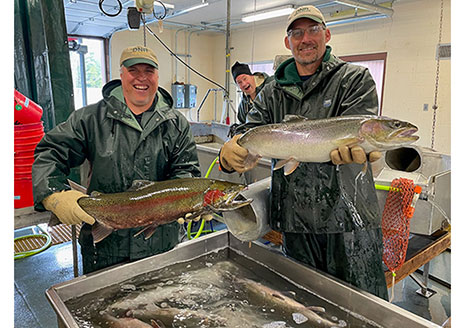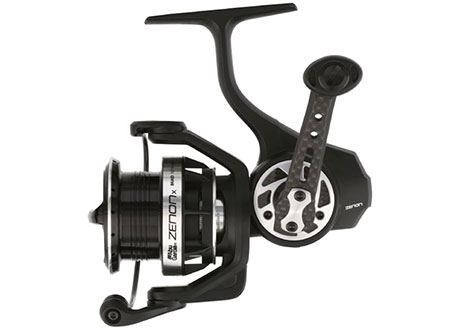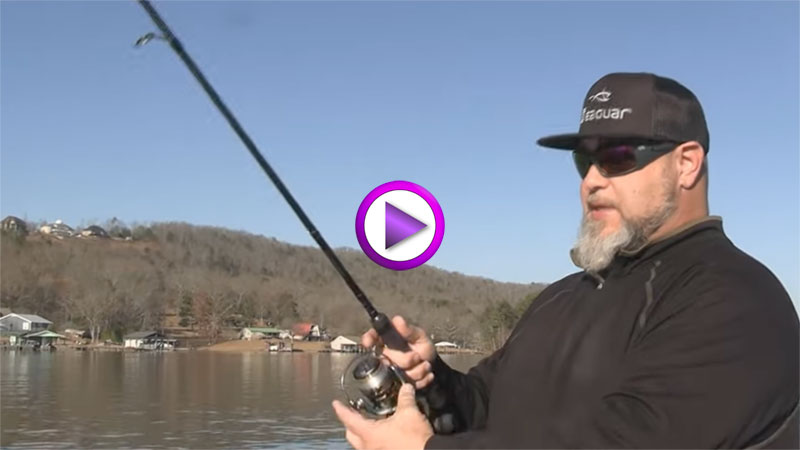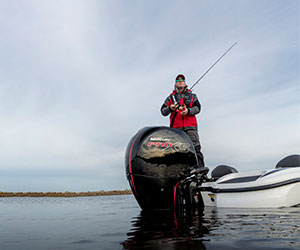By Louie Stout
Fish biologists take a lot of heat for not keeping their fingers on the pulse of northern Indiana lakes.
But when you only have three district biologists overseeing some 180 natural lakes that have public access (about 33,000 acres of water) and another 70 that have limited access, is it really possible?
Historically, fish managers have tried to conduct a thorough survey of each lake every 5-10 years. Those surveys require a lot of man hours to run shock boats and nets over a 10-day period. Couple that with our weather issues, you can see that not every lake gets looked at as often as biologists or sportsmen would prefer.
Thats why the northern fisheries district has undertaken a more regional approach that allows them to get a snapshot comparison of more lakes utilizing a status and trends system.
This summer, for example, they will get a snapshot view of at about 16 lakes over two days and feed that data into a computer.
Lakes to be surveyed are: Indiana Lake in Elkhart County; Hill, McClure, and Waubee lakes in Kosciusko County; Adams and Royer lakes in LaGrange County; Crooked, Gordy and Miller lakes in Noble County; Flint Lake in Porter County; Riddles Lake in St. Joseph County; Arrowhead, Hamilton, Little Lime, and Silver lakes in Steuben County, and Little Cedar Lake in Whitley County.
Were not getting lazy; were doing more surveys and working smarter, said biologist Jed Pearson.
During the abbreviated surveys, biologists will use electrofishing boats, gill nets, and trap nets to capture fish. Each will be identified, measured and released. Scale samples are taken from popular sport fish to determine their growth rate.
Although this system is a spot check, the lakes chosen represent a variety of lake habitats enabling the DNR to compile a composite view of how fish populations change in northern Indiana over time.
This group-look allows us to recognize trends developing in the natural lakes region, said Pearson We can identify ecological changes and what might be affecting them.
This is the fifth year of the new system and some trends already are beginning to emerge. While incorporating data collected in previous years, biologists have seen a two-fold increase in the number of 14-inch-and-greater largemouth bass and a three-fold increase in bluegills greater than 8 inches.
They attribute that to the larger bass size limit set in the 1990s and an increase in catch-and-release fishing.
As most anglers know, bass impact bluegill. Although the lakes may have fewer bluegill (due to bass predation), bluegills that survive have more food and grow larger.
Trends also indicate decline in some cool-water fish, such as northern pike.
Our data suggest that the loss of one species from a lake over a 15-year period is the new norm, said Steve Donabauer, a DNR research biologist who is overseeing the project. Pike survive, grow, and reproduce best where water temperatures are less than 73 degrees and at least 3 parts per million of oxygen occur.
Pike were found in 40 percent of our lakes in the 1980s. Now that figure has dropped to 30 percent, Donabauer said.
As lakes age and become nutrient enriched, they can lose their layer of cool-water habitat and that stresses fish that depend on it.
While the quick look at several lakes will be the primary focus of biologists this summer, they will continue to take more detailed looks at a few other lakes. For example, North Chain Lake near South Bend will get a full survey this summer and biologists are doing comprehensive studies of walleye population at Sylvan and Winona lakes.
Our new strategies wont replace surveys of lakes where we think we have a problem or that need special attention, Pearson said. But it will give us a better way to analytically evaluate whats going on in the region.


















Connect With Us